🏔️ Exploring the Himalayas: A Trekker’s Guide to Adventure
The Himalayas have always been more than just mountains—they are a dream, a challenge, and a spiritual journey. Stretching across India, Nepal, Bhutan, and Tibet, this mighty range attracts adventurers from around the world. For trekkers, the Himalayas are paradise: snow-covered peaks, hidden valleys, gushing rivers, and trails that lead to some of the most breathtaking landscapes on Earth.
If you are planning to start your Himalayan adventure, this guide will help you understand everything you need to know before you set foot on the trail.
Why Trek the Himalayas? 🌏
Trekking in the Himalayas is not just about physical adventure; it is about connecting with nature and yourself. The trails take you through alpine meadows, remote villages, and ancient monasteries. You breathe in fresh mountain air, disconnect from the chaos of city life, and experience peace in its purest form.
For many, it is also a test of endurance. The higher you go, the more you realize your own strength and resilience.
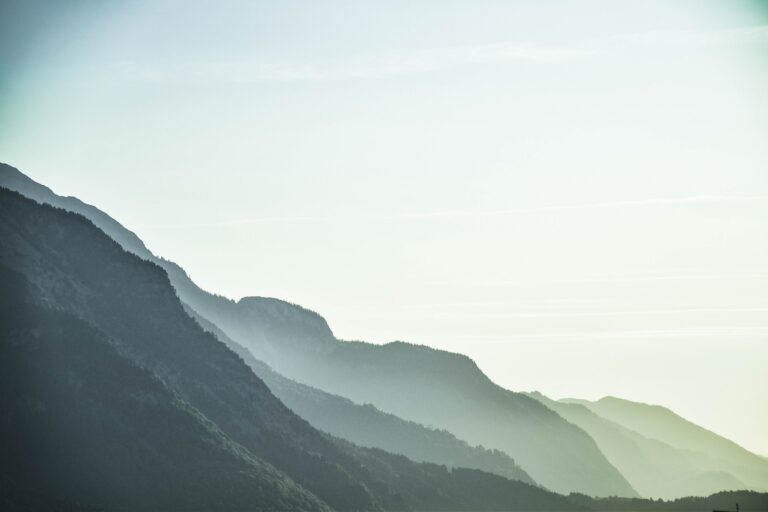
Best Time to Explore the Himalayas 📅
Choosing the right season makes your trek safer and more enjoyable.
-
Summer (May–June): Perfect for clear skies, blooming flowers, and mild weather.
-
Autumn (September–November): The most popular season, with crisp air, stunning mountain views, and pleasant days.
-
Winter (December–February): Only for experienced trekkers; snow adds beauty but also difficulty.
-
Spring (March–April): Valleys come alive with rhododendrons and greenery.
Avoid monsoon months (July–August) when heavy rains and landslides make trekking risky.
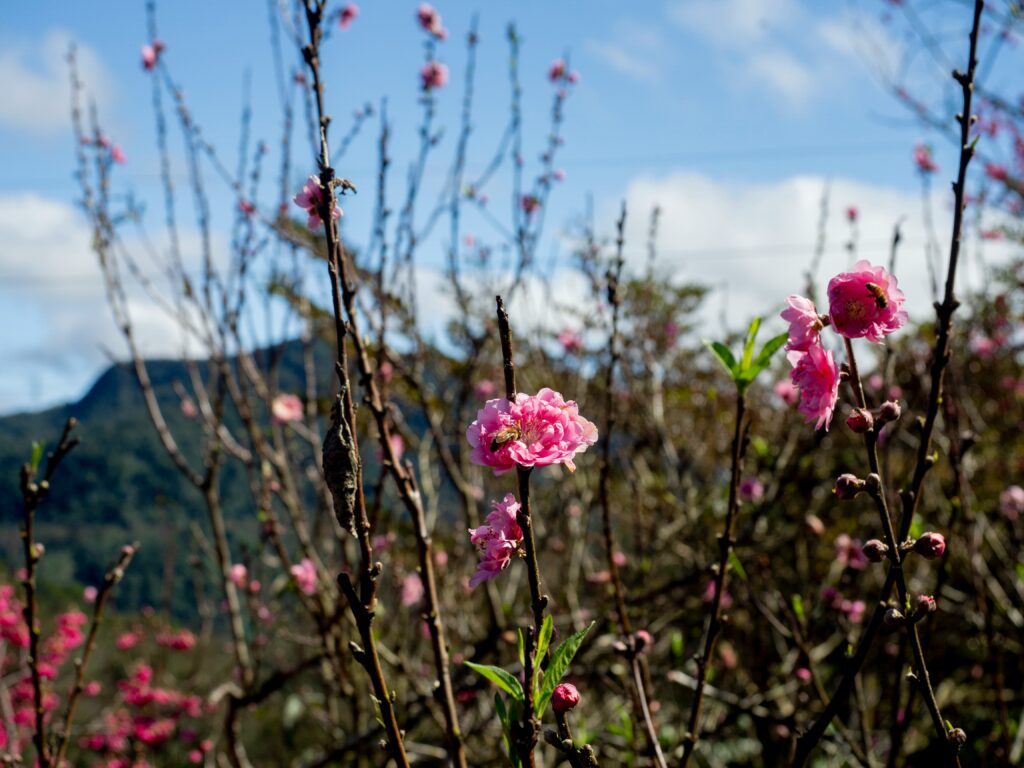
Famous Himalayan Treks in India 🥾
India offers some of the world’s most thrilling Himalayan treks. Here are a few you should consider:
-
Roopkund Trek, Uttarakhand: Famous for its mysterious “Skeleton Lake” at 16,500 ft.
-
Chadar Trek, Ladakh: A winter trek across the frozen Zanskar River.
-
Valley of Flowers, Uttarakhand: A UNESCO World Heritage Site known for rare flowers.
-
Hampta Pass, Himachal Pradesh: A beginner-friendly trek with changing landscapes.
-
Markha Valley, Ladakh: High-altitude desert scenery with ancient monasteries.
Each trek has its own charm—whether it’s the challenge of high passes or the beauty of meadows filled with wildflowers.
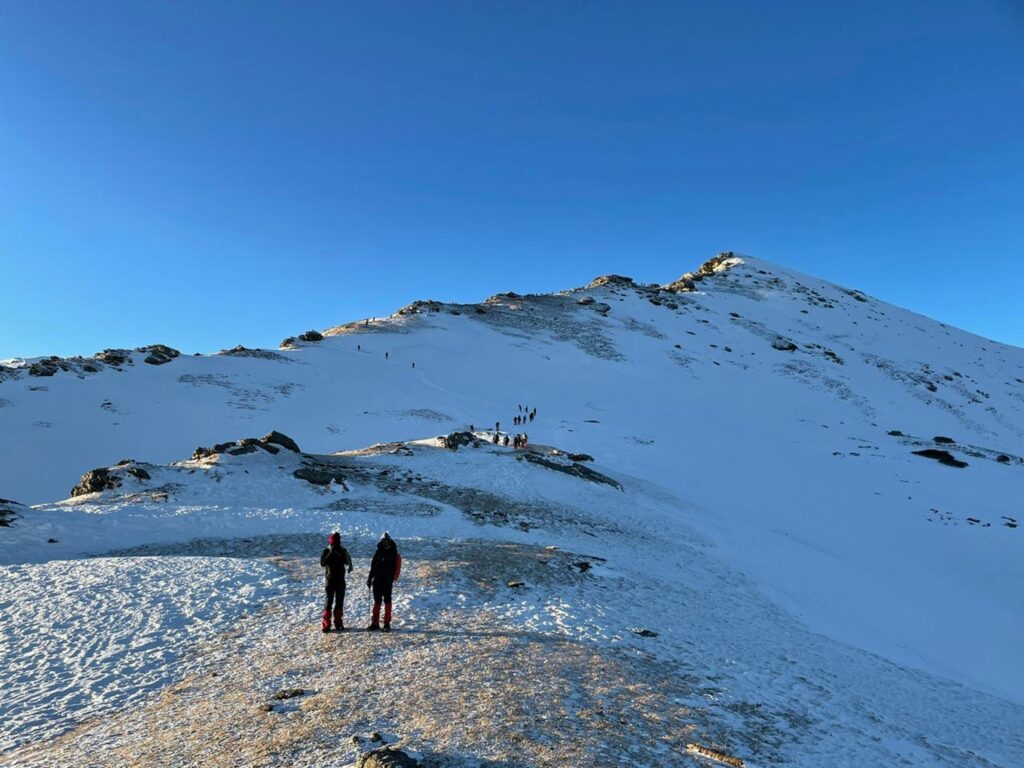
Preparing for the Trek 💪
Preparation is the key to enjoying your Himalayan journey.
Fitness
You don’t need to be an athlete, but basic fitness is important. Start jogging, doing cardio, and building stamina at least 2–3 months before your trek.
Gear
Essential items include:
-
Good-quality trekking shoes
-
Warm layered clothing
-
Sleeping bag (if camping)
-
Trekking poles
-
Water bottle & purification tablets
-
Backpack with rain cover
Permits
Some treks require special permits. Always check in advance with local authorities or trekking agencies.
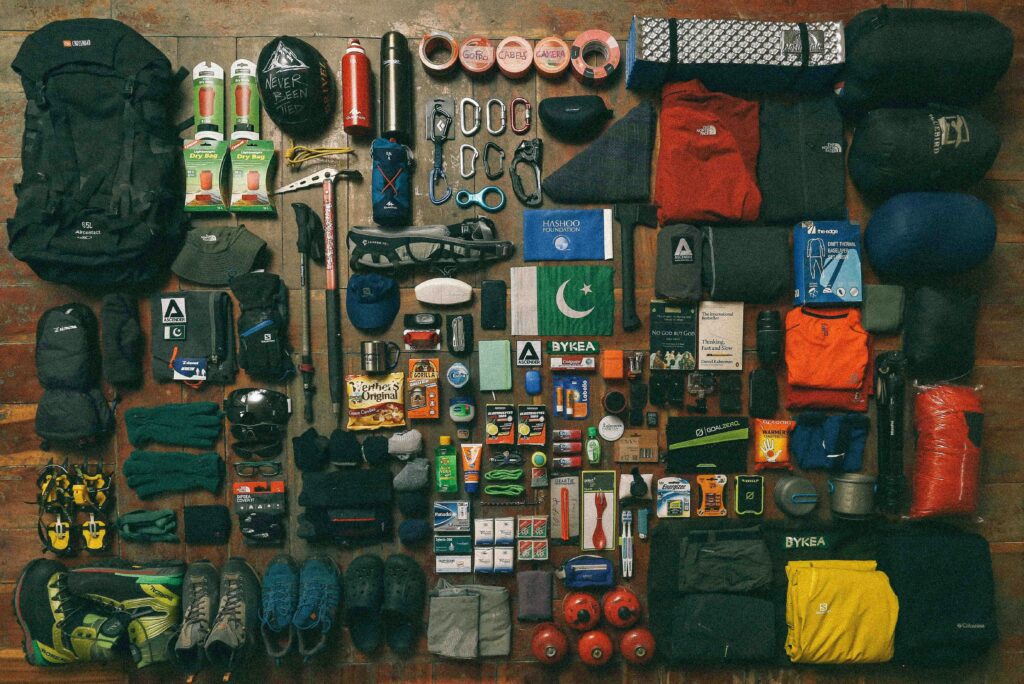
safety Tips in the Himalayas ⚠️
Trekking is fun, but safety should never be ignored.
-
Acclimatize properly: Take rest days to adjust to high altitude and avoid AMS (Acute Mountain Sickness).
-
Hydrate well: Drink plenty of water to stay energized.
-
Follow guides: If trekking with locals, always respect their instructions.
-
Respect nature: Carry your waste back; keep the trails clean.
-
Travel insurance: Always have insurance that covers high-altitude trekking.
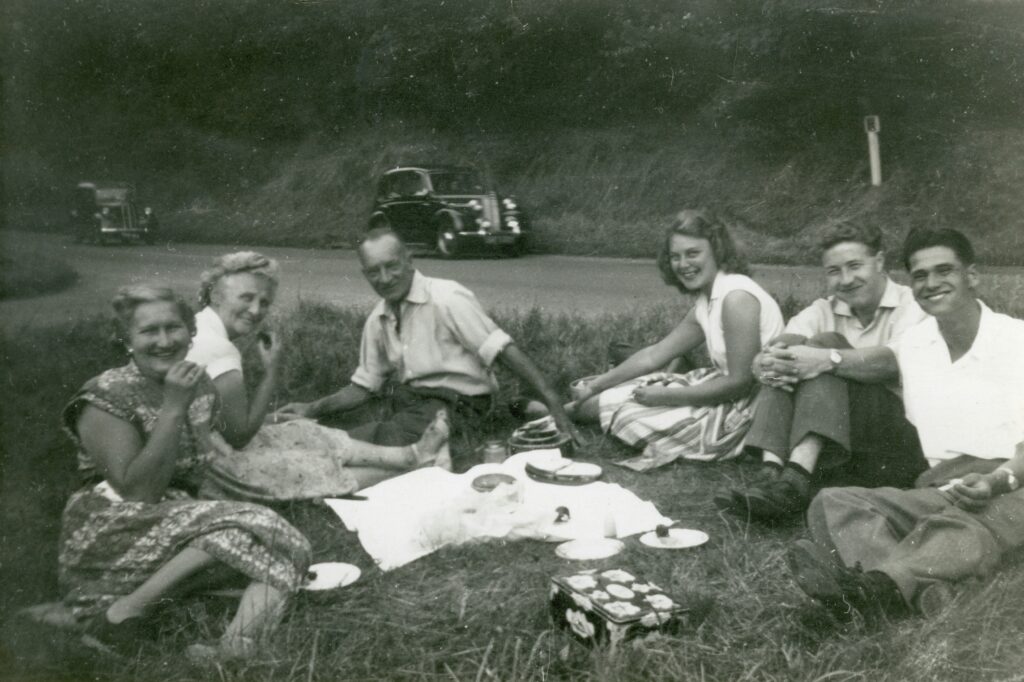
Cultural Experience Along the Way 🕌
The Himalayas are not just about nature—they are about people and culture too. Villages tucked into mountain valleys welcome trekkers with warm smiles, simple food, and local traditions. You may visit monasteries in Ladakh, listen to folk songs in Himachal, or enjoy pahadi (mountain) cuisine in Uttarakhand.
This cultural experience makes the trek more memorable and gives you stories you’ll cherish forever.
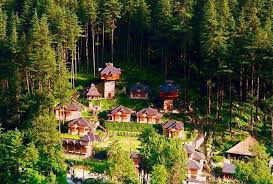
Budgeting Your Trek 💰
The cost of trekking depends on location and duration. On average:
-
Short treks (2–4 days): ₹5,000 – ₹10,000 per person.
-
Medium treks (5–10 days): ₹12,000 – ₹25,000.
-
Long treks (10+ days): ₹30,000 and above.
Budget for permits, gear rental, food, transport, and guide fees. Always carry some extra cash for emergencies.
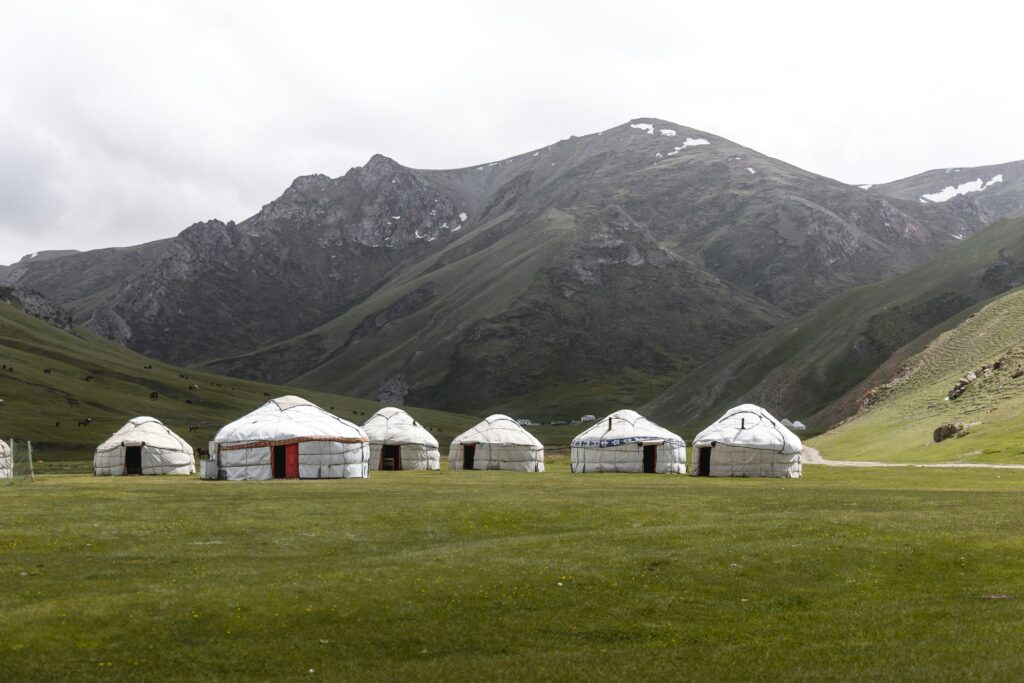
Eco-Friendly Trekking 🌱
he Himalayas are fragile. As a trekker, it’s your responsibility to protect them:
-
Avoid plastic bottles and carry reusable ones.
-
Don’t litter—bring back your waste.
-
Respect wildlife and don’t disturb natural habitats.
-
Support local homestays and guides.
Traveling responsibly ensures that future generations can also enjoy the same beauty.
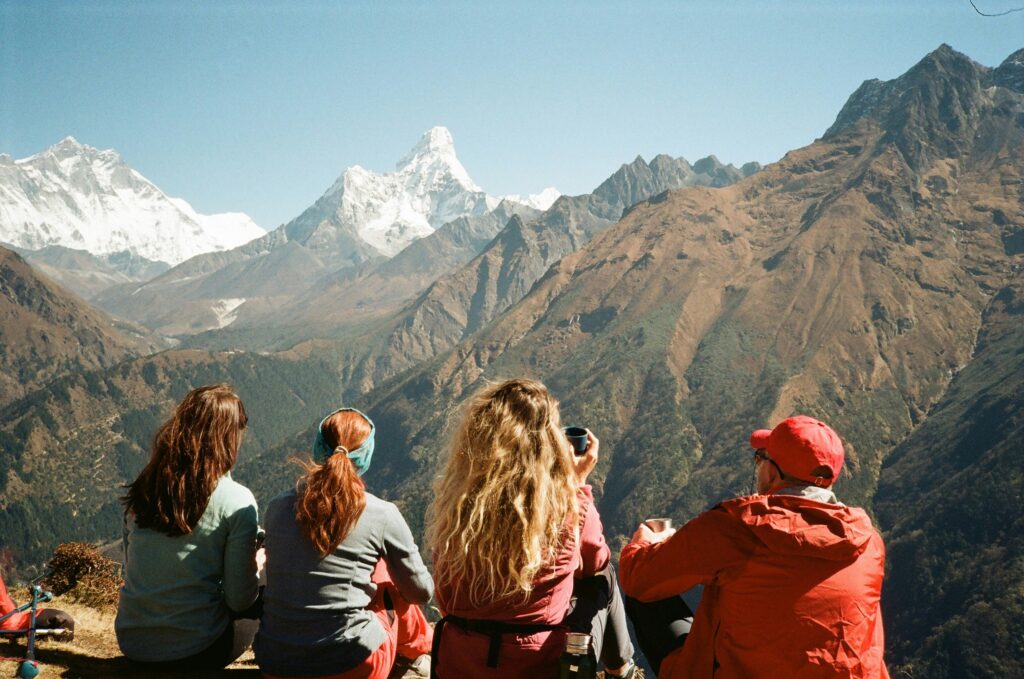
Final Words 🌟
Exploring the Himalayas is an adventure that goes beyond just walking on trails—it’s about rediscovering yourself in the lap of nature. The snow-capped peaks, fresh mountain air, and cultural richness of the region create memories that stay for a lifetime.
So, if you’ve been dreaming of standing among the world’s highest mountains, now is the time. Put on your trekking shoes, pack your backpack, and take that first step into the Himalayan trails. Your adventure of a lifetime awaits.
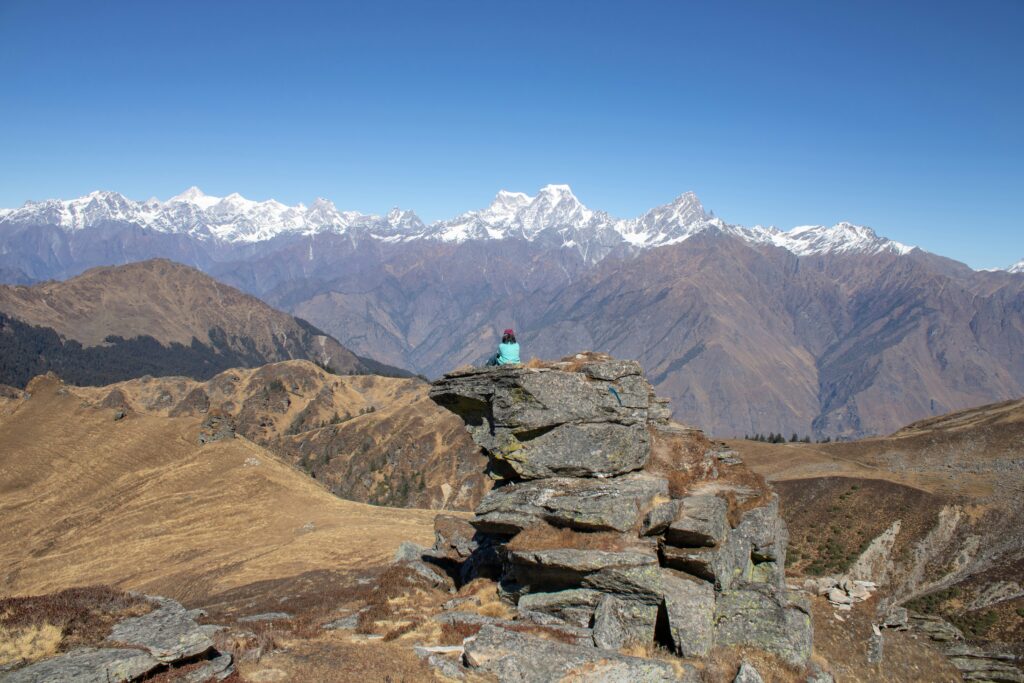
“Exploring the Himalayas: A Trekker’s Guide to Adventure”
Explore India’s Beauty & Historic places
